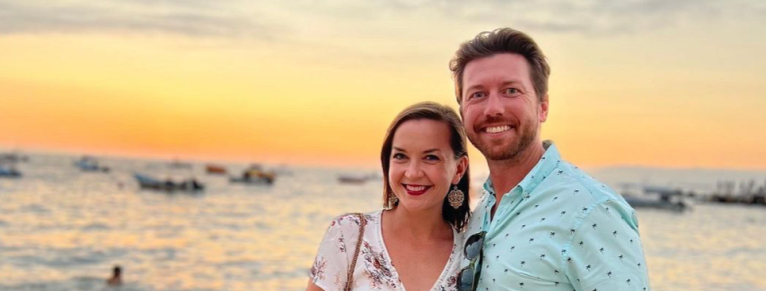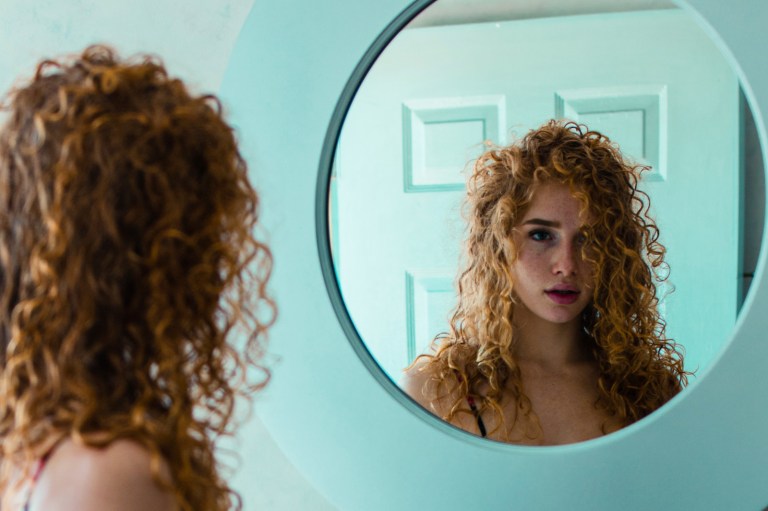It’s Time To Stop Feeding The Myth That Health Is Only For People Who Can Afford It
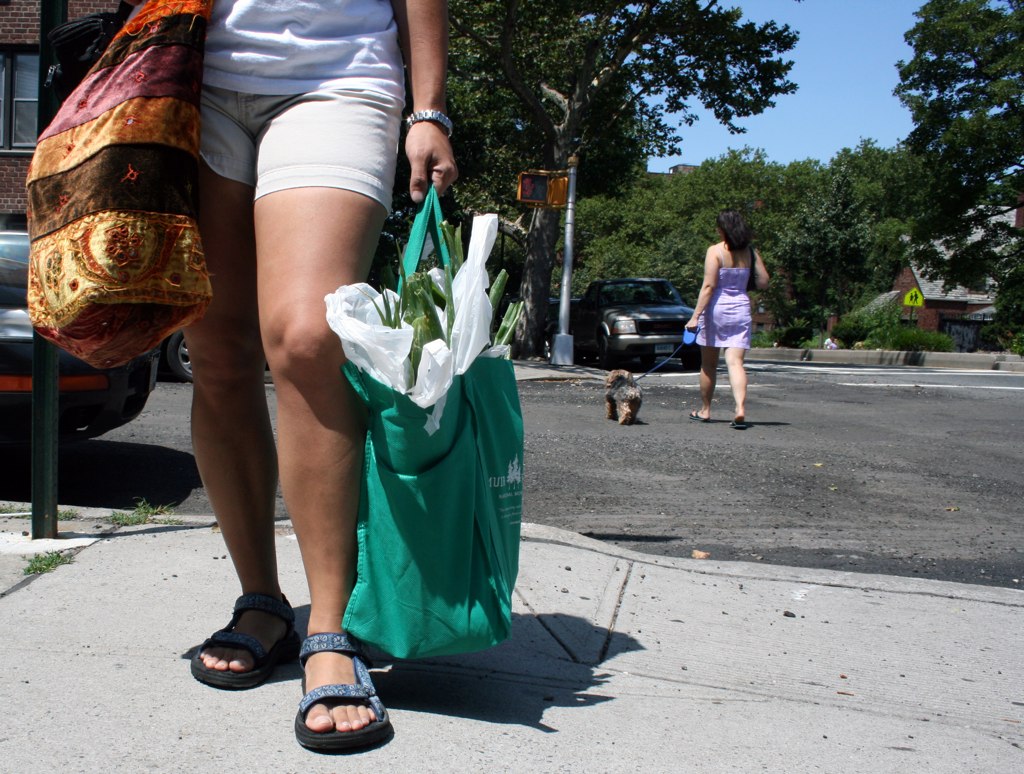
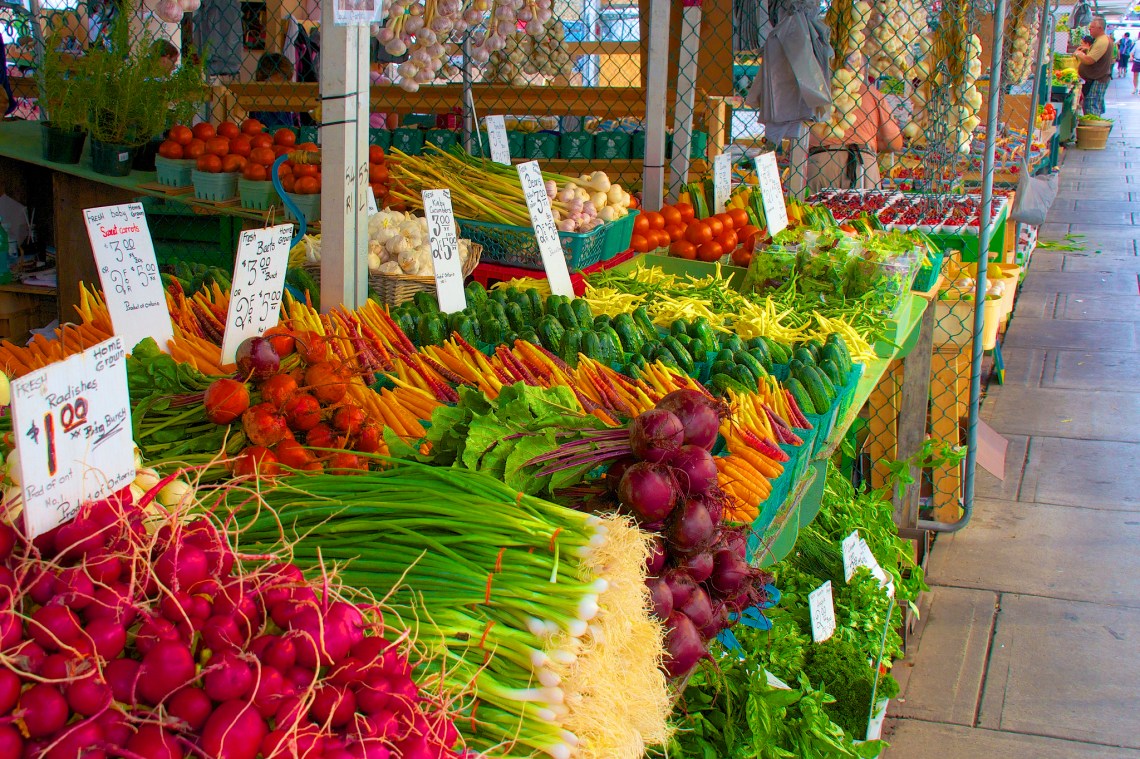
I have struggled with my personal health for a significant part of my life. I have been extremely lucky that this does not involve worrying about life threatening or chronic illnesses, but instead centers at the critical juncture of body image, self-love, and wellness. Until recent years, I did not see myself as particularly healthy (maybe average?), or well (maybe okay?). The language I used to describe my body and its range of motions was narrow and limiting. Much of this language was not used in celebration, or in kindness. In fact, some of it was used as a nicer alternative to what I really felt: terrible about my body, and afraid that I would never be healthy.
This fear wasn’t for lack of trying. It wasn’t even for lack of health: every doctor’s check-up as a kid said I was perfectly healthy with the exception of allergy-related asthma. A lot of my feelings about my body were tied up in comparing myself to the way other kids, mostly girls, looked and performed athletically. I was never allowed to do cartwheels during dance performances because chubby kids are bad at cartwheels. In skating practice I performed half-heartedly because I could never get my back arched, or my limbs in the right positions for the graceful spins, jumps, and twirls. I dreaded gym class, where I was always performing below the guidelines prescribed by the Board of Education as being “fit.” I was told I was not fit, and so I believed this to be true. I was unbalanced. I was uncoordinated. It wasn’t for me.
By the time I started playing soccer, I was older and experiencing all the pain of puberty. I was slow. I had no lung capacity. I hated running. I was way worse than the thin, tan, fast girls who were always the strikers and the wings. I knew I was not cut out for sports. I said it – just like millions of other girls and boys have said it – “I just don’t do sports”. Then, something amazing happened: a coach named John took me aside when everyone else was doing the Worst Of All Activities Suicide Sprints. He handed me a ball and said “drop kick this.” So I did, and it soared to the other side of the field, and it was amazing, and people stopped sprinting to stare at me. This is how I became a goalie, and started to realize that sports could be for me even if I wasn’t thin, or fast.
Fast forward a few years: coming out of college, I had gained a lot of weight and was thinking about how my adult life would be shaped by personal health and fitness. I was a smoker. I was relatively sedentary. Diets weren’t really my thing. I could never stick to them with the busy schedule of a full-time student with a job and campus activities featuring lots of free pizza. I believed that I could not afford them, either. Diets were expensive: with special food, or expensive supplements. I had been experimentally vegan the prior year and, while it taught me a tremendous amount about what goes into food, and how to cook at home, it did not make me thinner. This, I mistakenly thought, was what would have reflected my health: thinness, special diets and popular trends.
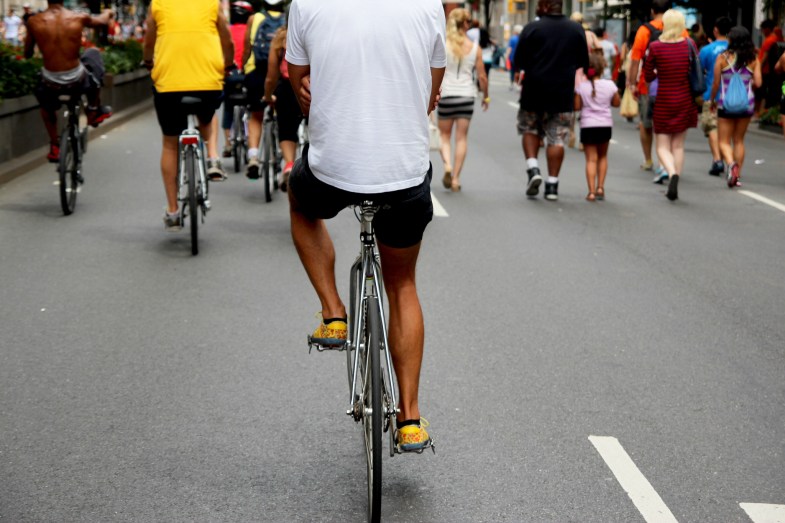
I have discussed how bicycling both freed me and empowered me, and I must reiterate that bicycling really opened my eyes to a world of activity that was both fun, and absolutely within my range of abilities as a person who had never spent much time training for a good deal of athletic activity. It was also the first time I began to realize that people were not really magically athletic, but in fact dedicated considerable time and effort into becoming so. The notion that I could do the same was, for a person who had considered herself a lost cause, profound.
This also began to shift my perspective in terms of how I thought about my own health and fitness. I was finally able to separate myself from the idea that thinness should be my ultimate goal (realtalk: that might be one of hardest things I have ever had to do, and yes I still have to wrestle with those gremlins all of the time). I began to get the notion that the dominant narrative surrounding healthy lifestyles, wellness, and food in America was targeting a specific group of people with whom I had little in common. As I sought to exercise greater access in this world, I also found yoga studios full of thin, exquisitely bendy and affluent women. I found foodie classes on the benefits of kale. I watched girls in expensive workout clothes drinking cold-pressed juices and noticed that I was unable to participate in these activities because they were not for the curvy girl on a freelancers budget. This world of supreme health, and of perfect wellness was for the affluent, the already fit, the predominantly white, and young.
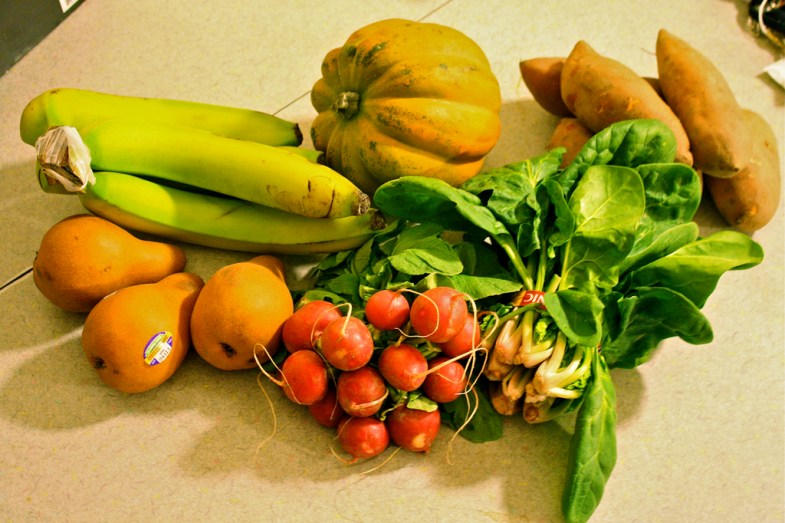
The marketing of health and wellness does not accurately reflect the realities of the American people. It is no secret that as a nation, America is sick. We have epidemic rates of obesity, Type-2 Diabetes, and Heart Disease. We are also deeply in debt, we work more than any other nation, and have the greatest disparities across demographic groups like ethnicity. Study after study links poor health conditions to our bad diet, our lack of exercise, and our addiction to a lifestyle of convenience. Yet the current messaging focuses on health as something for an exclusive demographic of people and is harmful to American society because it ignores the deep inequities present in our food and other social systems which bar access to prescribed ‘healthy’ activities and foods for millions of Americans.
Popular health clubs like Equinox encourage prospective members to “get obsessed” with fitness and healthy living. Soul Cycle’s community page features images of people who, by and large, appear to be super fit, young, and white. At $37 per class, the “Soul For Everyone” tagline seems to mock the existence of the perpetually broke, debt burdened, and the poor. There is a fetishization of health and fitness: it exists on your Pinterest boards in increasingly extreme calorie-restricted diets, and articles about women who buy expensive fitness classes while getting behind on their rent. These trends are worrisome not only because they give an unrealistic and impersonal image of health and wellness, but because they are exclusive to the people who have the time and money to chase that specific goal.
I have avoided certain gyms, foods, and stores because I believe they are not meant for me. I have avoided fancy yoga studios because I am not a thin bendy lady. I avoided Whole Foods because I believed I could not afford to shop there, and I’ve avoided the juice and cleanse trend because it seems insane to spend $40/day on juice when you could be eating real solid food and I cannot DO that. People believe that they can’t do it, and this perception that health is not for everyone is deeply damaging as it prevents people who may have theoretical access to affordable gyms, healthy grocers, and food education from doing so. The belief that something is unattainable for you is just as effective as it actually being unattainable. Both realities keep people from living healthier.
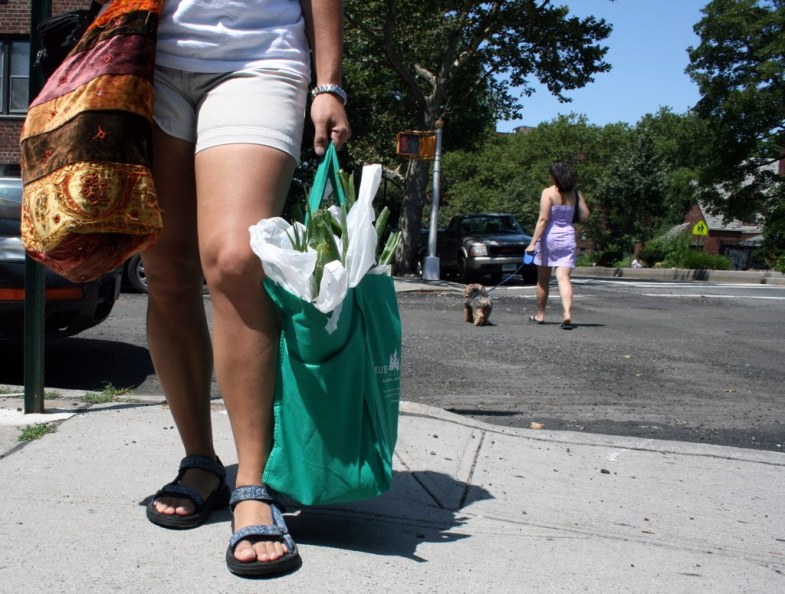
As a nation, we cannot afford to feed the myth that only rich people have access to health- both because it is monstrously unethical to make people invisible, but also because poor health costs us billions of dollars a year. The hyper fetishization of health, fitness, and food culture in fad diets, exclusive and expensive gyms, and food trends contributes to the perception that health and wellness are unattainable for many Americans lacking disposable income and extra time. Single mothers, older adults, immigrant families, the rural poor, people of color, and people of varied gender, body, and beauty standards deserve as much health and wellness as the wealthiest Americans. There are many ways to be healthy that are not centered on competition, body image, or conspicuous consumption. Affordable and accessible methods of wellness should be celebrated much more than those that are exclusive. Greater representation of CSA’s, farmers markets accepting SNAP benefits, affordable non-processed and local produce in major retailers like Whole Foods (and community outreach to combat their exclusive imagery), revised and varied school meal programs, and free, donation-based, or municipality sponsored recreation programming will begin to re-frame the idea of healthy living as something accessible to everyone, and based on their own personal goals. It is time to market health for everyone, because in the end, that is what it ought to be. ![]()
